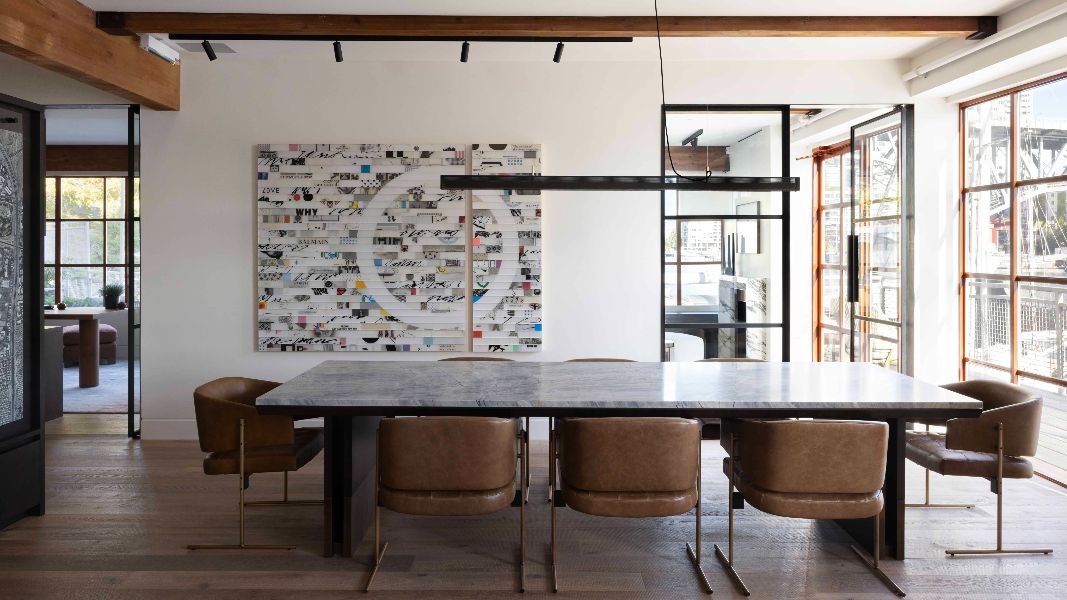Designing Divergence: Janie Hungerford’s Unique Journey

Designer Janie Hungerford is living proof that a diagnosis does not define who you can become. In fact, sometimes it can serve as rocket fuel. Hungerford has dyslexia, ADHD, and dysgraphia and dyscalculia—disorders that affect writing and arithmetic. While these diagnoses can impact daily functioning, she says she is gifted with “major brain power.”
With 17 years of experience, many spent at the helm of her firm, Hungerford Interior Design, she shares how she’s accomplished all that she has and how she’s helping herself, her team, and other neurodiverse individuals lead fulfilling lives.
Growing up, what do you wish adults had done to make your experience easier?
It would have been most helpful if they had understood that neurodiversity isn’t a reflection of intelligence or effort. It’s simply a different way of processing information. So much attention was placed on what I struggled with—spelling, reading speed, organization. I wish there had been encouragement to lean into my strengths, like visual thinking, creativity, intuition, and connecting ideas in unconventional ways. Those same qualities became essential to how I lead, design, and problem-solve.
How do your diagnoses affect you as both a designer and a business owner?
They make me very empathetic. My emotional intelligence surrounding how clients perceive information has been a huge superpower. I never want to miscommunicate financial information. I work hard to be transparent and make sure the contract is fully fleshed out, with no surprises.

A private office in a corporate project, designed by Janie Hungersford, on Granville Island in Vancouver
(Photo by Ema Peter)
What are factors you consider when designing for clients who are also neurodiverse?
Lighting has a huge impact on someone’s mood and overall feeling in a space. There’s a system called Ketra that can take the light temperature from outside and bring it in, from start to finish in a day.
Color is huge for the neurodiverse brain. Art selections are important, but with Ketra, you can change spotlights to match the same color temperature they were in the gallery.
I also make people aware of acoustics. If you’re doing hardwood floors throughout, you’ll need area rugs—or broadloom if you’re more sensitive to noise. Technology has been a massive saving grace for many neurodiverse people. Getting a really smart tech system installed in the home can be a game-changer.
What tools have proven helpful in your day-to-day?
I’m a slow reader, and I process words better when someone is reading to me. I’m testing a pilot program that reads my emails to me. We also use a dyslexic font at the office that’s weighted at the bottom so it’s easier to read. There’s an app that helps me be less overwhelmed by emails by categorizing them into what is urgent and what is not.
Also, Made by Dyslexia is a global charity led by successful dyslexics, committed to teaching the world the brilliance of dyslexic thinking by the year 2030. It’s a movement. There are probably many who have dyslexia and are embarrassed to talk about it. But there’s nothing to be embarrassed about. We’re unique, special, and doing great things.

A conference space in a corporate project, designed by Janie Hungersford, on Granville Island in Vancouver
(Photo by Ema Peter)
What’s one secret to your success?
I surround myself with creative team members who are also very linear in terms of process. They must understand what it takes to complete a project—and that’s not just good design. If you’re not thinking about how many hours it takes, you’re not going to make any money. I’m very loyal, so I put a lot of trust in my team and prioritize designers who want to work collaboratively with kindness.
—AnnMarie Martin